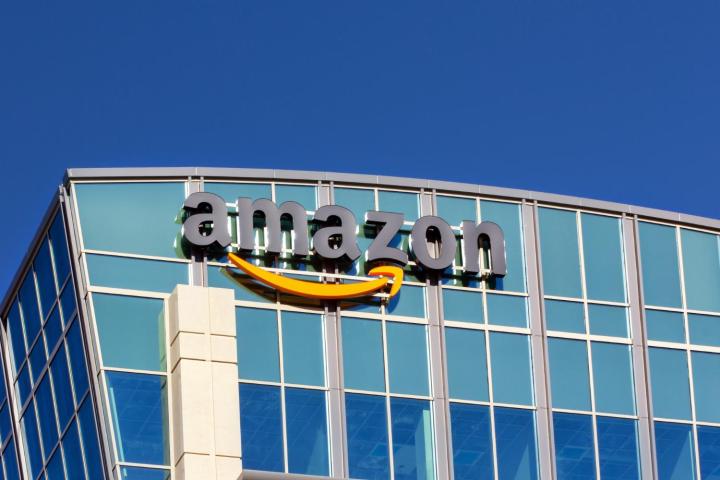
The e-commerce company, which for so many years has been the bane of those running physical stores, looks set to give those competing businesses an even bigger headache. Why? Because according to the Wall Street Journal, Amazon now has plans to build “small brick-and-mortar stores that would sell produce, milk, meats and other perishable items that customers can take home.”
To make the store truly convenient, it may also include touchscreens so you can place orders for items you don’t necessarily need right away. These would be delivered to your door later, freeing up space in your shopping cart and giving you less to carry between your store, car, and home.
According to people claiming to know Amazon’s plans, the stores will initially only be open to Prime members who subscribe to its Fresh grocery delivery service. The company recently slashed the Fresh membership fee in a bid to get more Prime members to sign up. AmazonFresh operates in a number of city locations across the U.S., delivering groceries and a range of everyday essentials to customers ordering items using their PC or mobile device.
Amazon is yet to confirm whether it has plans to open convenience stores.
The Journal’s sources suggested the Seattle-based company may also be just weeks from opening its first “click and collect” drive-up store along the lines of a service we first heard about last year. With the debut store reportedly being prepped in Seattle, The service will allow shoppers to order products online before picking them up from the facility at a suitable time.
Related:
Amazon’s apparent plan to open brick-and-mortar convenience stores come as the company preps the opening of more bookstores after opening its first outlet in its home city last year.
Shoppers can browse a selection of curated titles based on Amazon.com customer ratings, pre-orders, sales, and curators’ assessments. Reviews taken from its online store are also put alongside some of the books on offer.
Titles are usually displayed showing the front cover, as you would also see them online. This is partly an attempt to bring the familiar online experience to the physical store, though it means fewer titles can be presented to visiting shoppers compared to most other bookstores.
In addition, people can try out Amazon’s various hardware items, including its newest Kindle, Echo speaker, and range of Fire tablets.
Continuing its exploration into the viability of physical stores as part of its business, Amazon has also been opening a string of pop-up stores in malls across the country, with as many as 100 expected to open by the end of 2017.


